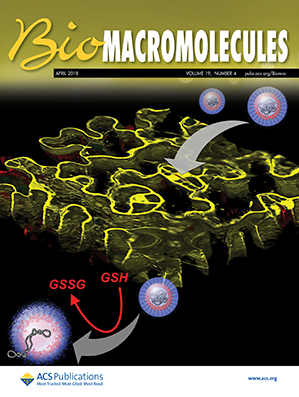扩大代谢功能障碍相关性脂肪性肝炎的治疗范围
IF 5.5
2区 化学
Q1 BIOCHEMISTRY & MOLECULAR BIOLOGY
引用次数: 0
摘要
事实证明,治疗代谢功能障碍相关性脂肪性肝炎(MASH)具有挑战性,许多化合物在研发过程中因各种原因而失败。然而,随着美国食品药品管理局最近加速批准resmetirom用于治疗纤维化MASH患者1,该领域又重新焕发出了新的热情。MASH 的病理生理学非常复杂,进展性疾病是由驱动性代谢炎症机制(其中许多是肝外炎症机制,如功能失调的脂肪组织)与肝内防御和修复机制之间的不平衡造成的。3 Resmetirom 是一种以肝脏为靶点的甲状腺激素 β 受体激动剂,它表明,一种更孤立的以肝脏为靶点的方法,对 MASH 的肝外驱动因素影响很小或没有影响,不仅能改善 MASH,还能诱导纤维化消退。本文章由计算机程序翻译,如有差异,请以英文原文为准。
Expanding the armamentarium for metabolic dysfunction-associated steatohepatitis
The treatment of metabolic dysfunction-associated steatohepatitis (MASH) has proven challenging, with many compounds failing during development for various reasons. However, with the recent accelerated approval of resmetirom by the US Food and Drug Administration for the treatment of individuals with fibrotic MASH,1 there is renewed enthusiasm in the field. MASH pathophysiology is complex, and progressive disease results from an imbalance between the driving metabolic inflammatory mechanisms (many of which are extrahepatic; eg, the dysfunctional adipose tissue) and intrahepatic defence and repair mechanisms.2 Many of the compounds currently considered to be the most promising mainly improve the cardiometabolic environment, subsequently (with or without additional direct intrahepatic effects) improving MASH. Many drugs targeting specific intrahepatic metabolic or fibroinflammatory mechanisms have proven unsuccessful in clinical trials, despite preclinical evidence.3 Resmetirom, a liver-targeted thyroid hormone β receptor agonist, showed that a more isolated liver-directed approach, with little or no effect on the extrahepatic drivers of MASH, is also capable of not only improving MASH but inducing the regression of fibrosis.1
求助全文
通过发布文献求助,成功后即可免费获取论文全文。
去求助
来源期刊

Biomacromolecules
化学-高分子科学
CiteScore
10.60
自引率
4.80%
发文量
417
审稿时长
1.6 months
期刊介绍:
Biomacromolecules is a leading forum for the dissemination of cutting-edge research at the interface of polymer science and biology. Submissions to Biomacromolecules should contain strong elements of innovation in terms of macromolecular design, synthesis and characterization, or in the application of polymer materials to biology and medicine.
Topics covered by Biomacromolecules include, but are not exclusively limited to: sustainable polymers, polymers based on natural and renewable resources, degradable polymers, polymer conjugates, polymeric drugs, polymers in biocatalysis, biomacromolecular assembly, biomimetic polymers, polymer-biomineral hybrids, biomimetic-polymer processing, polymer recycling, bioactive polymer surfaces, original polymer design for biomedical applications such as immunotherapy, drug delivery, gene delivery, antimicrobial applications, diagnostic imaging and biosensing, polymers in tissue engineering and regenerative medicine, polymeric scaffolds and hydrogels for cell culture and delivery.
 求助内容:
求助内容: 应助结果提醒方式:
应助结果提醒方式:


